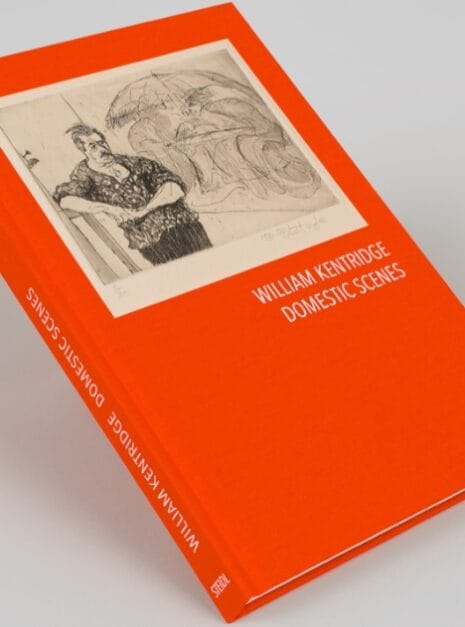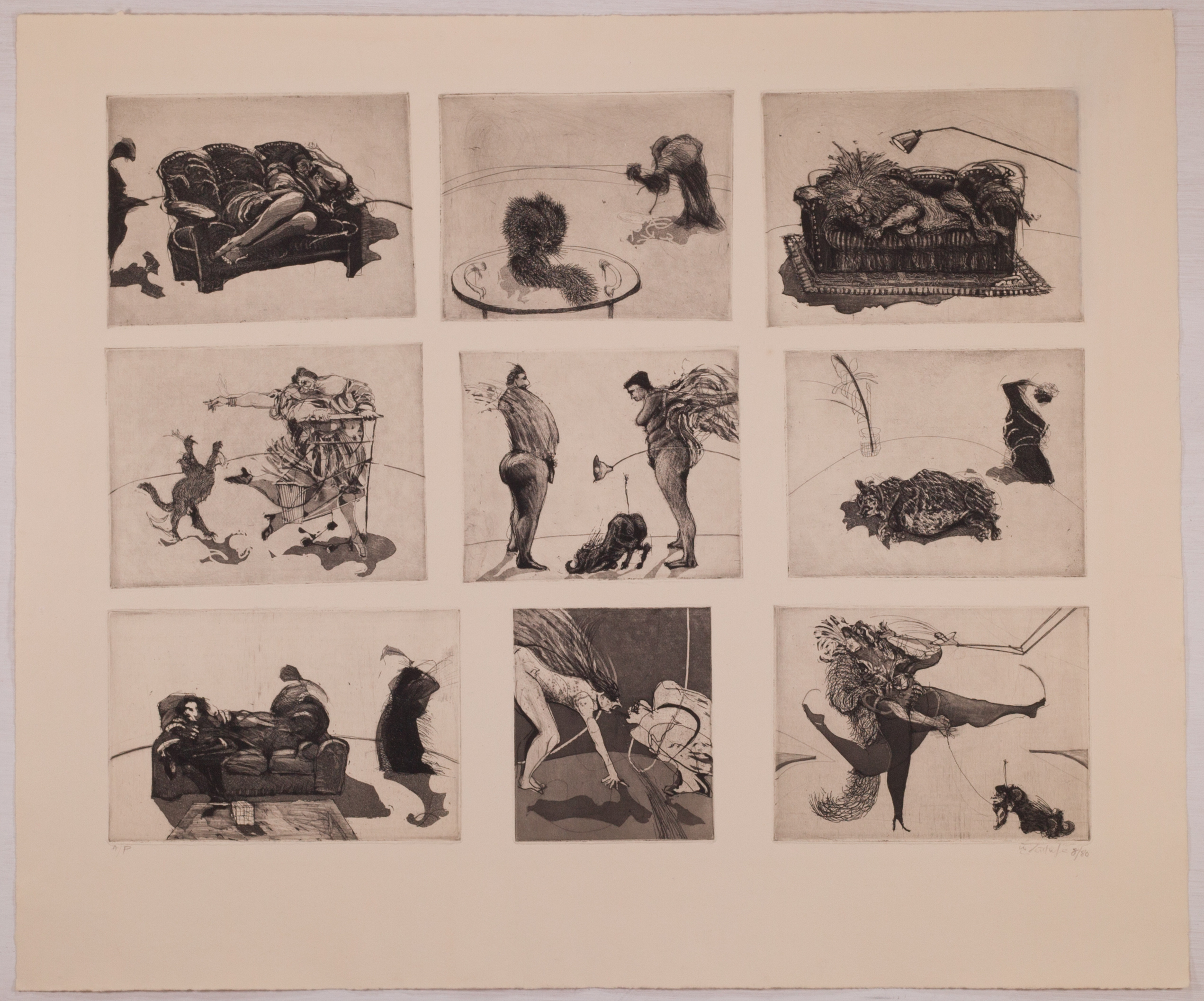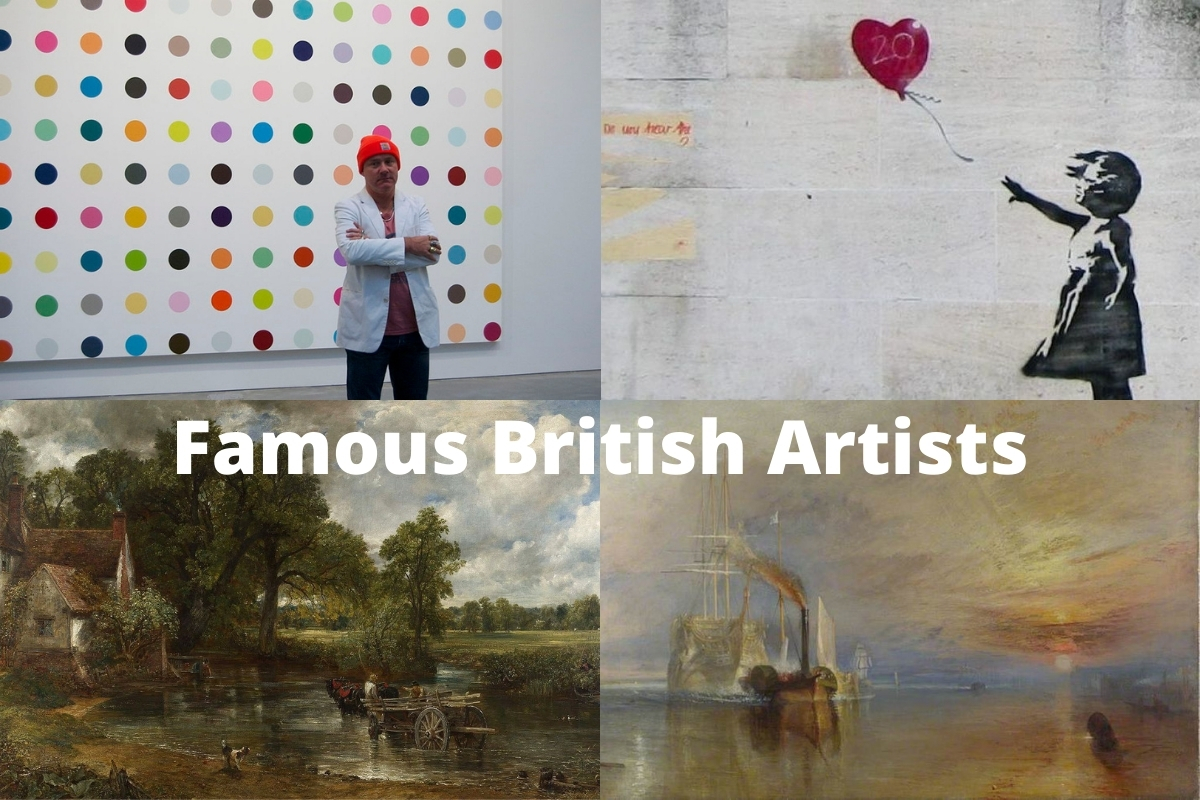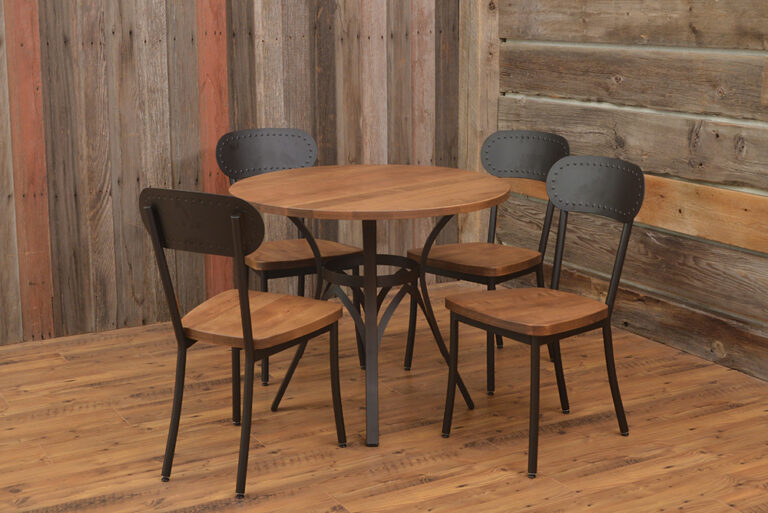John Bratby was a British artist who emerged in the 1950s and became a leading figure in the Kitchen Sink Art movement. His bold and gritty style, influenced by the everyday life of post-war Britain, made him a controversial figure in the art world. Bratby's work challenged traditional notions of art and paved the way for a new form of British realism.John Bratby: A Pioneer of Kitchen Sink Art
Kitchen Sink Art, also known as the "School of London," emerged in the 1950s as a reaction to the abstract and conceptual art dominating the contemporary art scene. This movement focused on depicting the mundane and gritty reality of everyday life, often featuring domestic scenes and ordinary objects. Bratby, along with his contemporaries, challenged the elitism of the art world by bringing the kitchen sink into the forefront of their art.The Rise of Kitchen Sink Art
Bratby's use of bold colors and thick impasto technique made his paintings stand out in a time when abstract expressionism reigned supreme. His works were often criticized for being too crude and lacking in finesse, but Bratby's intention was to capture the rawness and honesty of everyday life. His paintings were a reflection of the social and cultural climate of post-war Britain, making him a pioneer of the Kitchen Sink Art movement.A British Artist Ahead of His Time
Bratby's style was a blend of realism and pop art, making his works both relatable and visually striking. He often portrayed everyday objects, such as kitchen utensils and household items, in a larger than life manner, blurring the lines between high and low art. His work challenged the traditional notion of what was considered art and paved the way for future artists to push boundaries and explore new forms of expression.Blurring the Lines Between Realism and Pop Art
Bratby's paintings were a celebration of the ordinary, depicting scenes of domestic life that were often overlooked or deemed unworthy of artistic representation. Through his work, he showed that there is beauty in the mundane and that even the most ordinary objects can be transformed into art. His use of bold colors and exaggerated proportions added a sense of drama and vibrancy to his paintings, elevating the mundane to the extraordinary.The Beauty in the Mundane
Bratby's paintings were a reflection of the post-war era in Britain, capturing the struggles and realities of everyday life. His use of vibrant colors and exaggerated compositions added a sense of optimism and vitality to his works, despite the bleak subject matter. Bratby's paintings were a testament to the resilience and spirit of the British people in the face of adversity.Post-War Britain in Technicolor
Bratby may have been a controversial figure during his time, but his influence on British art cannot be denied. He paved the way for a new form of realism, challenging the traditional art world and opening doors for future generations of artists. His legacy lives on in the works of contemporary artists who continue to explore the beauty and truth in everyday life.A Legacy That Lives On
The kitchen sink is a recurring motif in Bratby's paintings and serves as a symbol of the Kitchen Sink Art movement. It represents the domestic sphere, where the mundane and ordinary take center stage. The kitchen sink also holds a deeper meaning, symbolizing the struggles of the working class and the realities of everyday life in post-war Britain.The Kitchen Sink: A Symbol of Kitchen Sink Art
Bratby's bold and unconventional style may have been met with criticism during his time, but his paintings are now highly sought after by collectors and art enthusiasts alike. His legacy continues to spark debates and discussions, with some viewing his work as crude and unrefined, while others see it as a refreshing and honest portrayal of everyday life. Regardless of one's opinion, Bratby's impact on British art is undeniable.Bratby's Controversial Legacy
John Bratby's legacy as a pioneer of Kitchen Sink Art will forever be remembered in the history of British art. His bold and unapologetic style challenged the norms and opened doors for future generations of artists to explore new forms of realism. His legacy lives on in his paintings, which continue to captivate and intrigue audiences, offering a raw and honest glimpse into the realities of post-war Britain.A Kitchen Sink Art Pioneer
The Revolutionary Art Movement of John Bratby's "Kitchen Sink Art"

The Beginning of a New Era in House Design
 John Bratby was a British artist who was at the forefront of the "kitchen sink" art movement in the 1950s. This movement, also known as the "School of London," focused on everyday, mundane subjects and rejected the traditional ideals of beauty and grandeur in art. Bratby's "kitchen sink" paintings portrayed the gritty and unglamorous aspects of everyday life, particularly in working-class homes. His works were a stark contrast to the popular abstract and expressionist styles of the time, and his unique approach to house design left a lasting impact on the art world.
Bratby's use of bold colors and thick, heavy brushstrokes reflected the cluttered and chaotic nature of the post-war era. His paintings depicted the reality of daily life, with dirty dishes in the sink, overflowing ashtrays, and cluttered countertops. These mundane scenes were a departure from the idealized and picture-perfect depictions of homes in traditional art, and they resonated with the working-class audience.
The "kitchen sink" art movement also brought a sense of realism and authenticity to house design. Bratby and his fellow "School of London" artists believed in portraying the world as it was, with all its imperfections and complexities. This rejection of idealized beauty and perfection opened the door for a new wave of artists to explore the mundane and ordinary in their work, paving the way for modern house design to break away from traditional conventions.
Bratby's impact on house design extended beyond the realm of art. His paintings inspired a new generation of designers and architects who incorporated the same themes of realism and authenticity into their work. The use of bold colors, cluttered spaces, and everyday objects became a hallmark of the "kitchen sink" aesthetic, and it continues to influence modern house design to this day.
In conclusion, John Bratby's "kitchen sink" art was a revolutionary movement that challenged traditional ideals and paved the way for a new era in house design. His bold and gritty paintings captured the realities of everyday life and brought a sense of authenticity to the art world. Bratby's legacy lives on, and his influence can be seen in the modern house designs that embrace imperfection and celebrate the beauty in the mundane.
John Bratby was a British artist who was at the forefront of the "kitchen sink" art movement in the 1950s. This movement, also known as the "School of London," focused on everyday, mundane subjects and rejected the traditional ideals of beauty and grandeur in art. Bratby's "kitchen sink" paintings portrayed the gritty and unglamorous aspects of everyday life, particularly in working-class homes. His works were a stark contrast to the popular abstract and expressionist styles of the time, and his unique approach to house design left a lasting impact on the art world.
Bratby's use of bold colors and thick, heavy brushstrokes reflected the cluttered and chaotic nature of the post-war era. His paintings depicted the reality of daily life, with dirty dishes in the sink, overflowing ashtrays, and cluttered countertops. These mundane scenes were a departure from the idealized and picture-perfect depictions of homes in traditional art, and they resonated with the working-class audience.
The "kitchen sink" art movement also brought a sense of realism and authenticity to house design. Bratby and his fellow "School of London" artists believed in portraying the world as it was, with all its imperfections and complexities. This rejection of idealized beauty and perfection opened the door for a new wave of artists to explore the mundane and ordinary in their work, paving the way for modern house design to break away from traditional conventions.
Bratby's impact on house design extended beyond the realm of art. His paintings inspired a new generation of designers and architects who incorporated the same themes of realism and authenticity into their work. The use of bold colors, cluttered spaces, and everyday objects became a hallmark of the "kitchen sink" aesthetic, and it continues to influence modern house design to this day.
In conclusion, John Bratby's "kitchen sink" art was a revolutionary movement that challenged traditional ideals and paved the way for a new era in house design. His bold and gritty paintings captured the realities of everyday life and brought a sense of authenticity to the art world. Bratby's legacy lives on, and his influence can be seen in the modern house designs that embrace imperfection and celebrate the beauty in the mundane.

.jpg?maxwidth=3030&maxheight=1950)
.jpg)


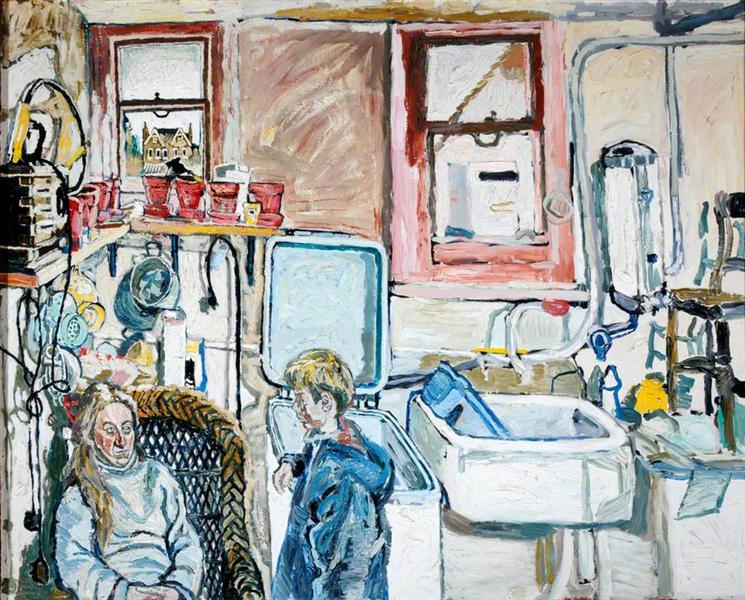
.jpg?mode=max)
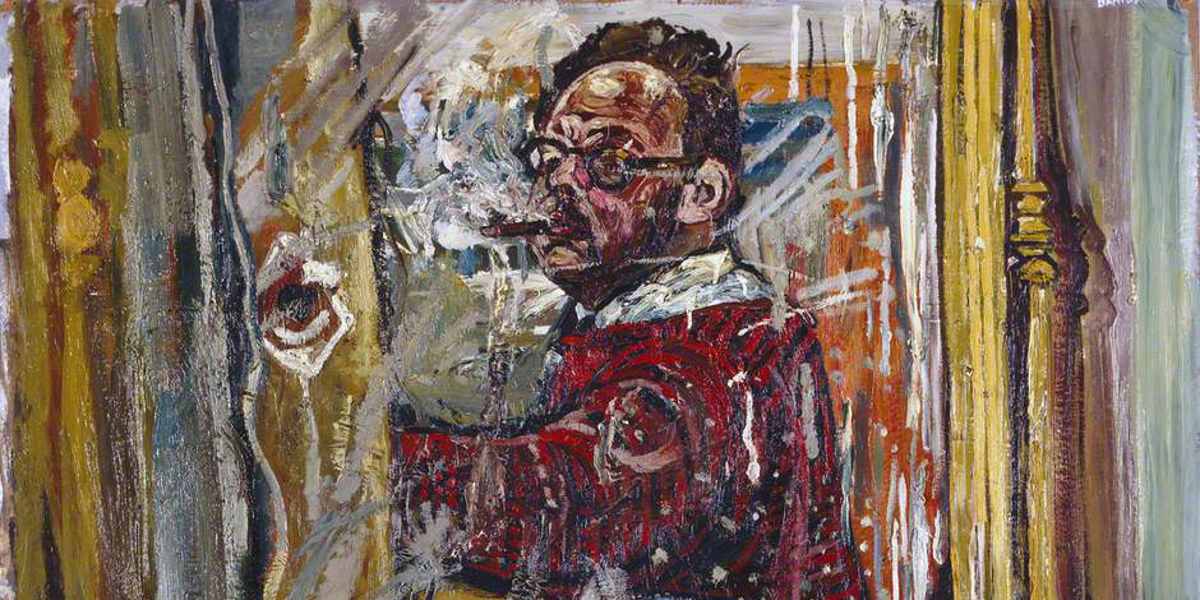
.jpg)
.jpg?maxwidth=3030&maxheight=1950)
.jpg)





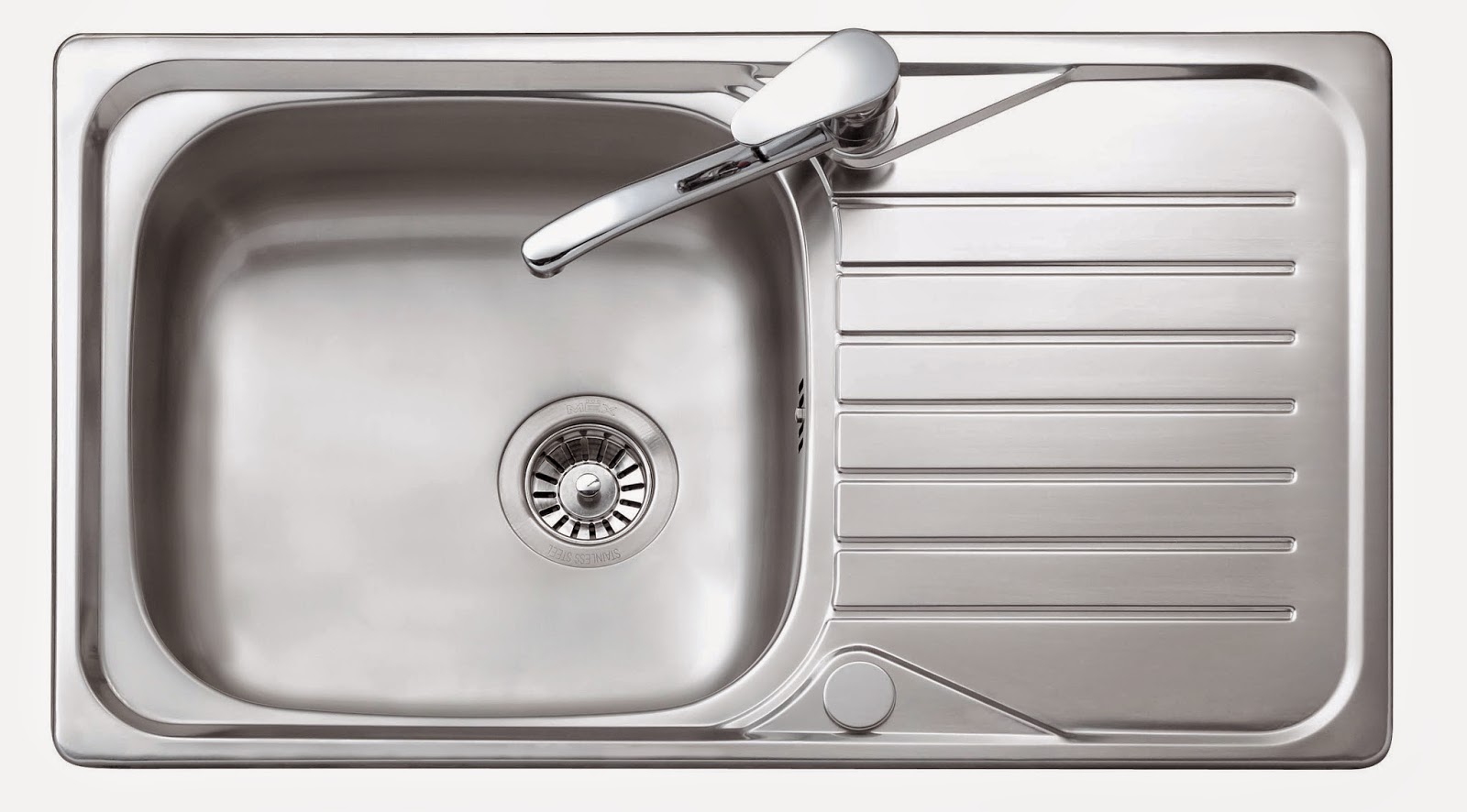










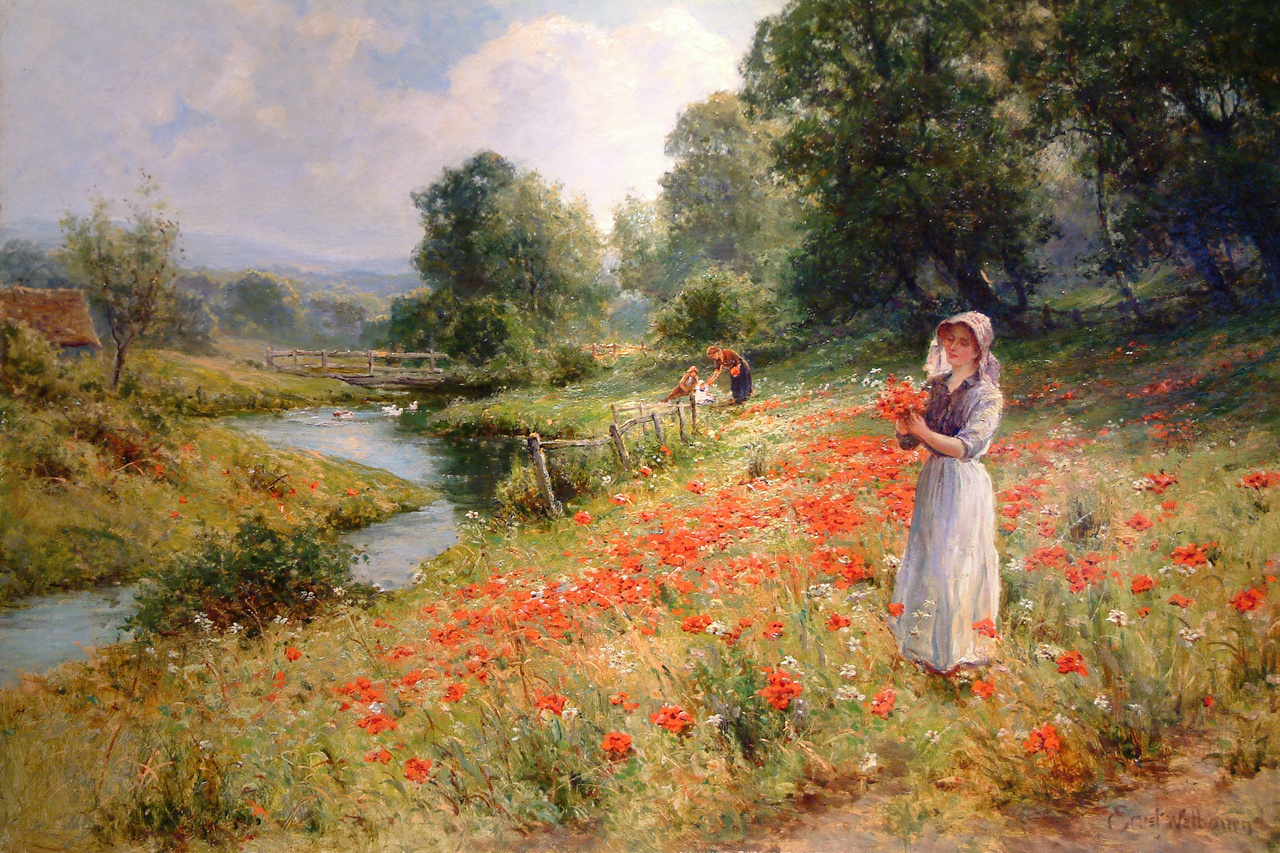
, pencil and watercolour, 30.4 x 45.4 cm. York Art Gallery_800x400_2.jpg)



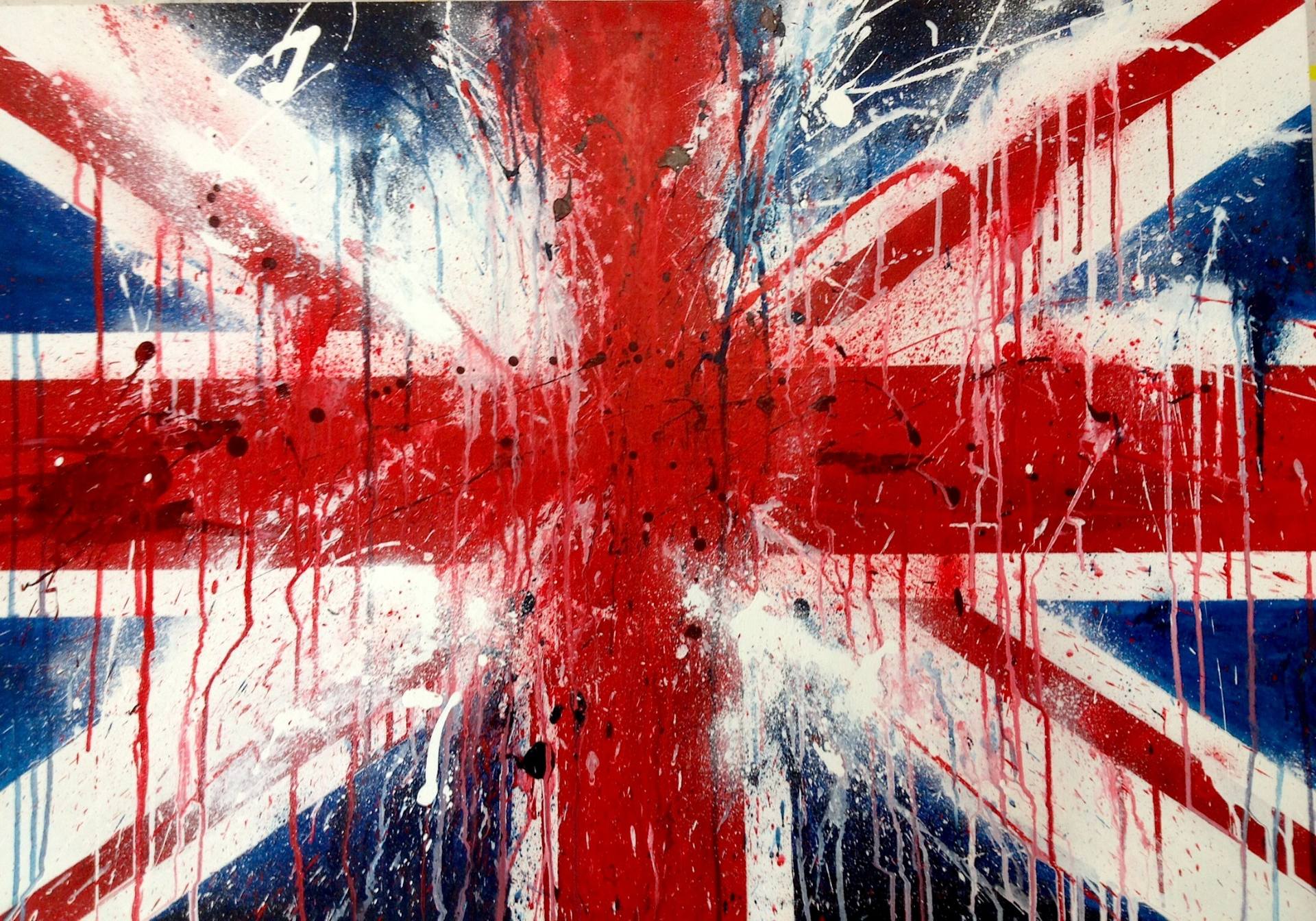


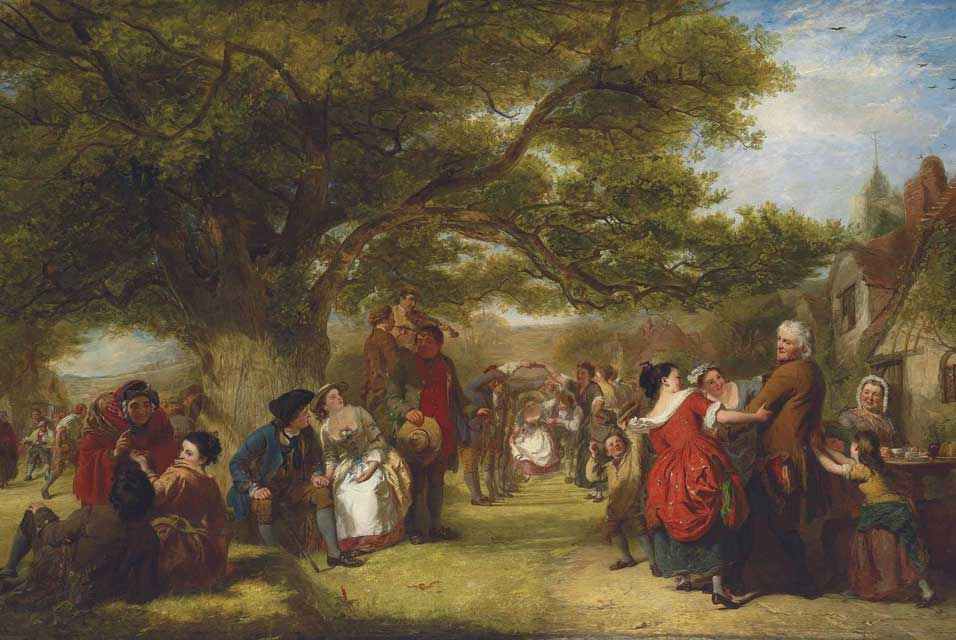



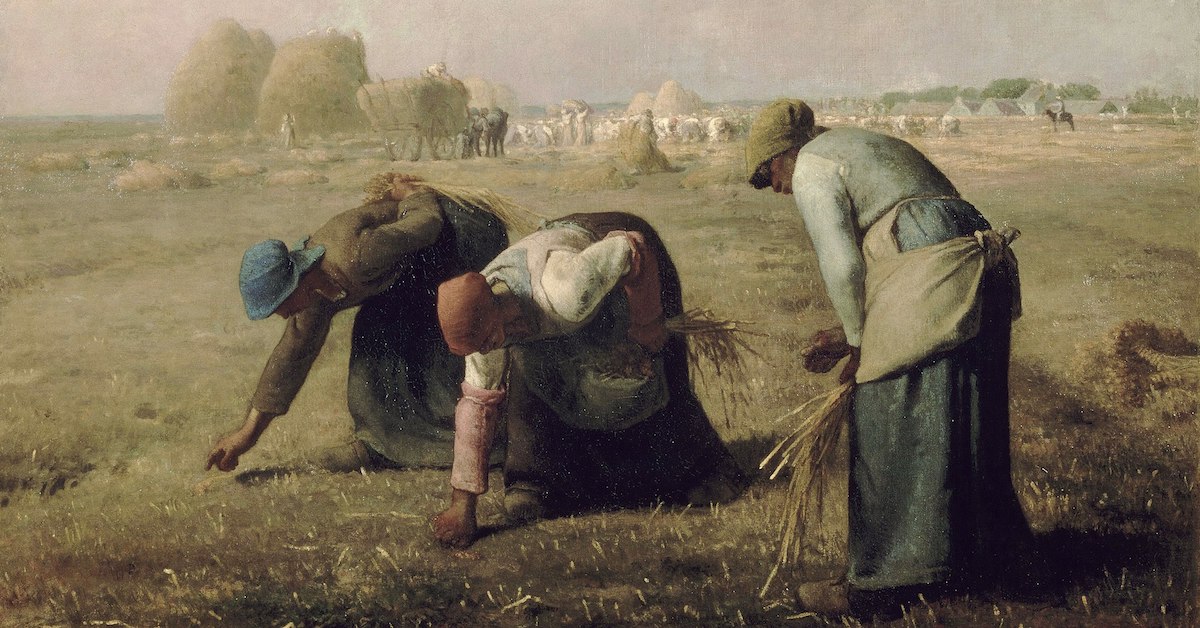
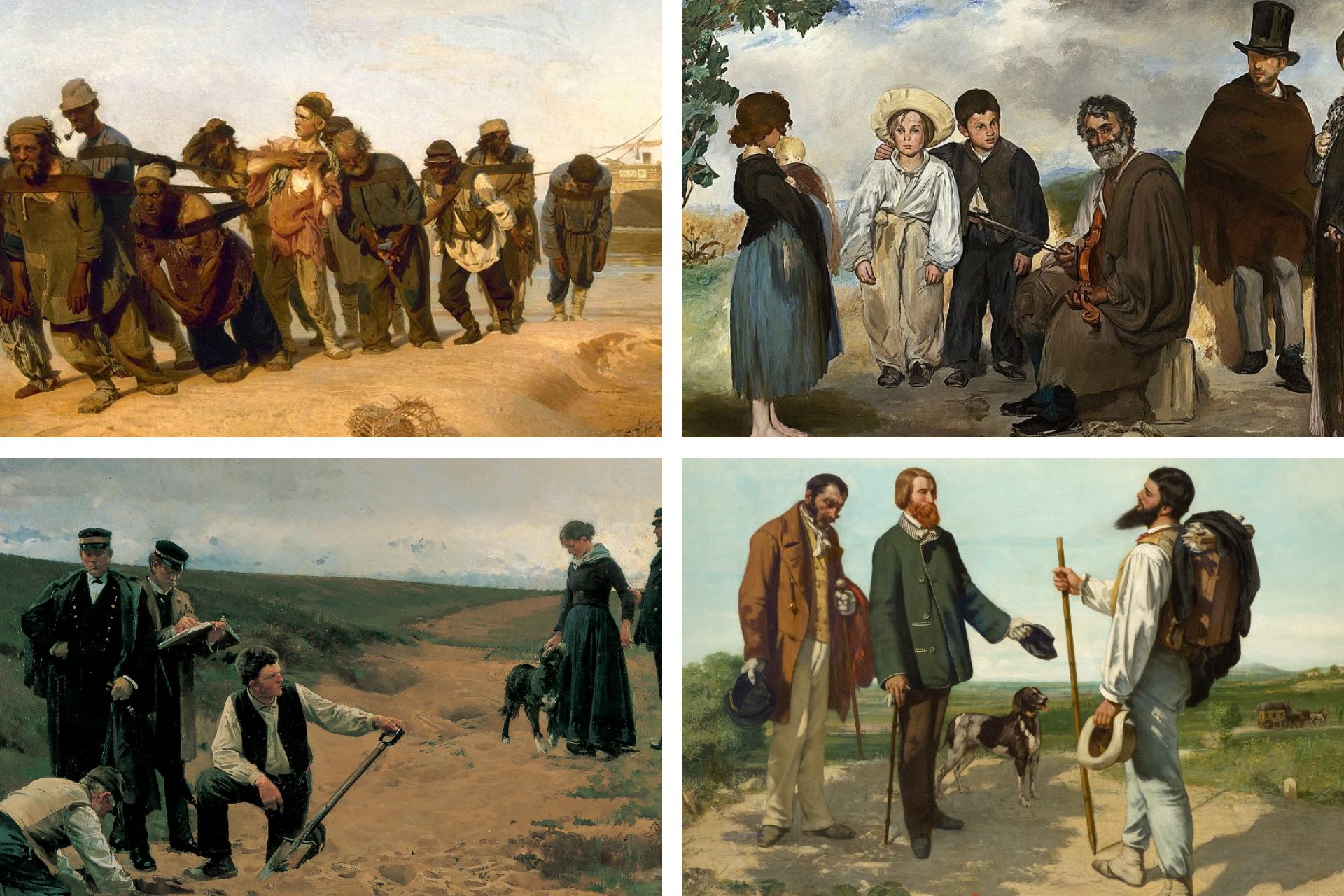


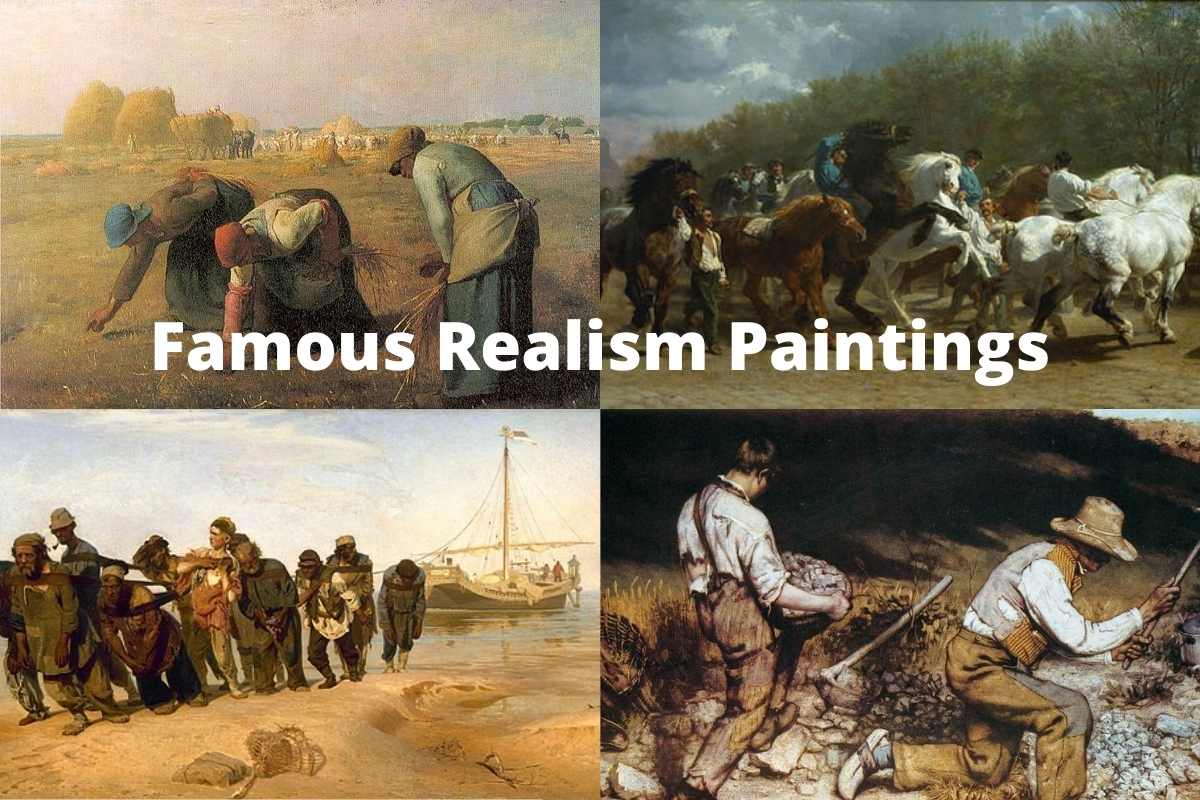



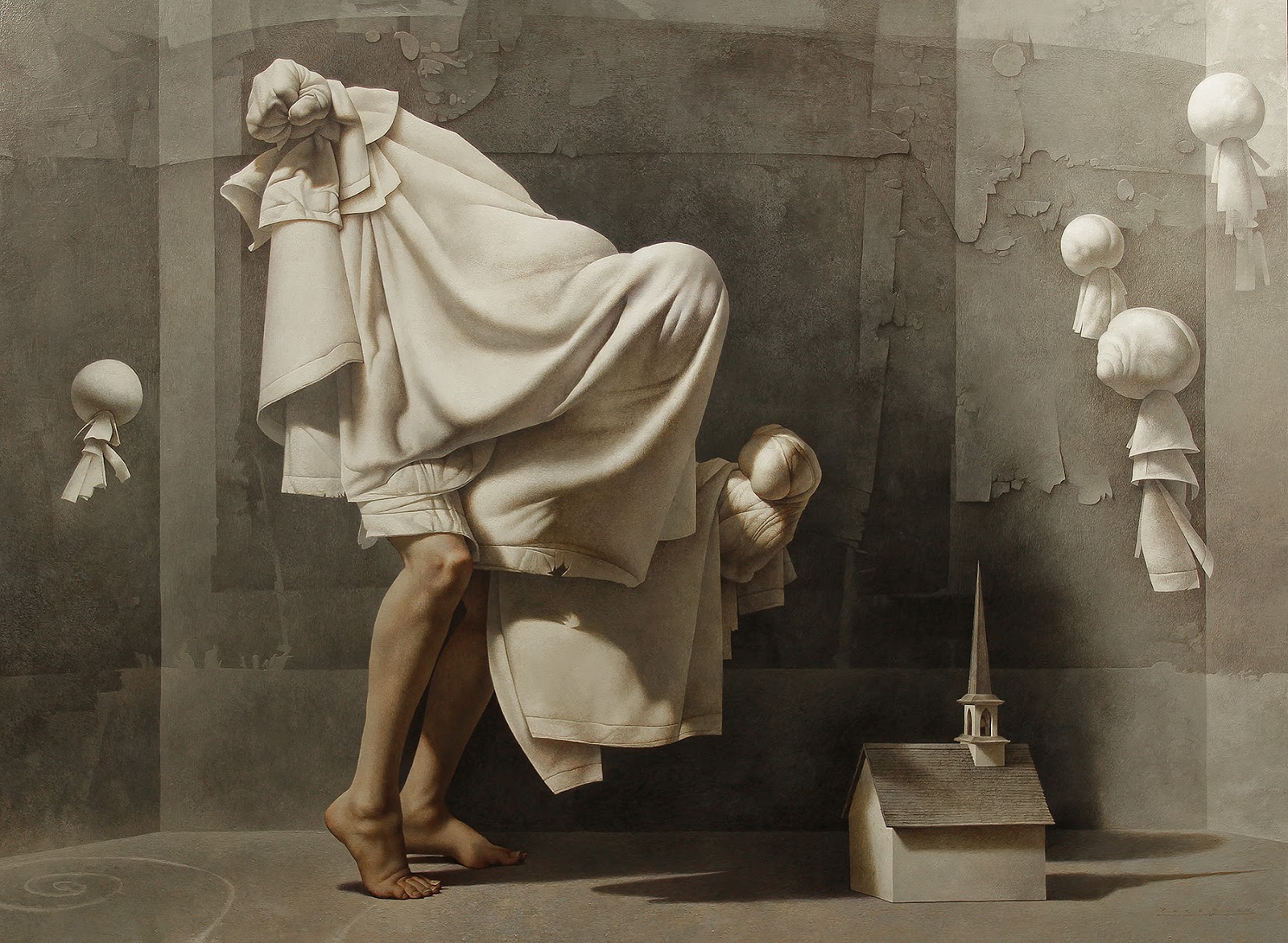



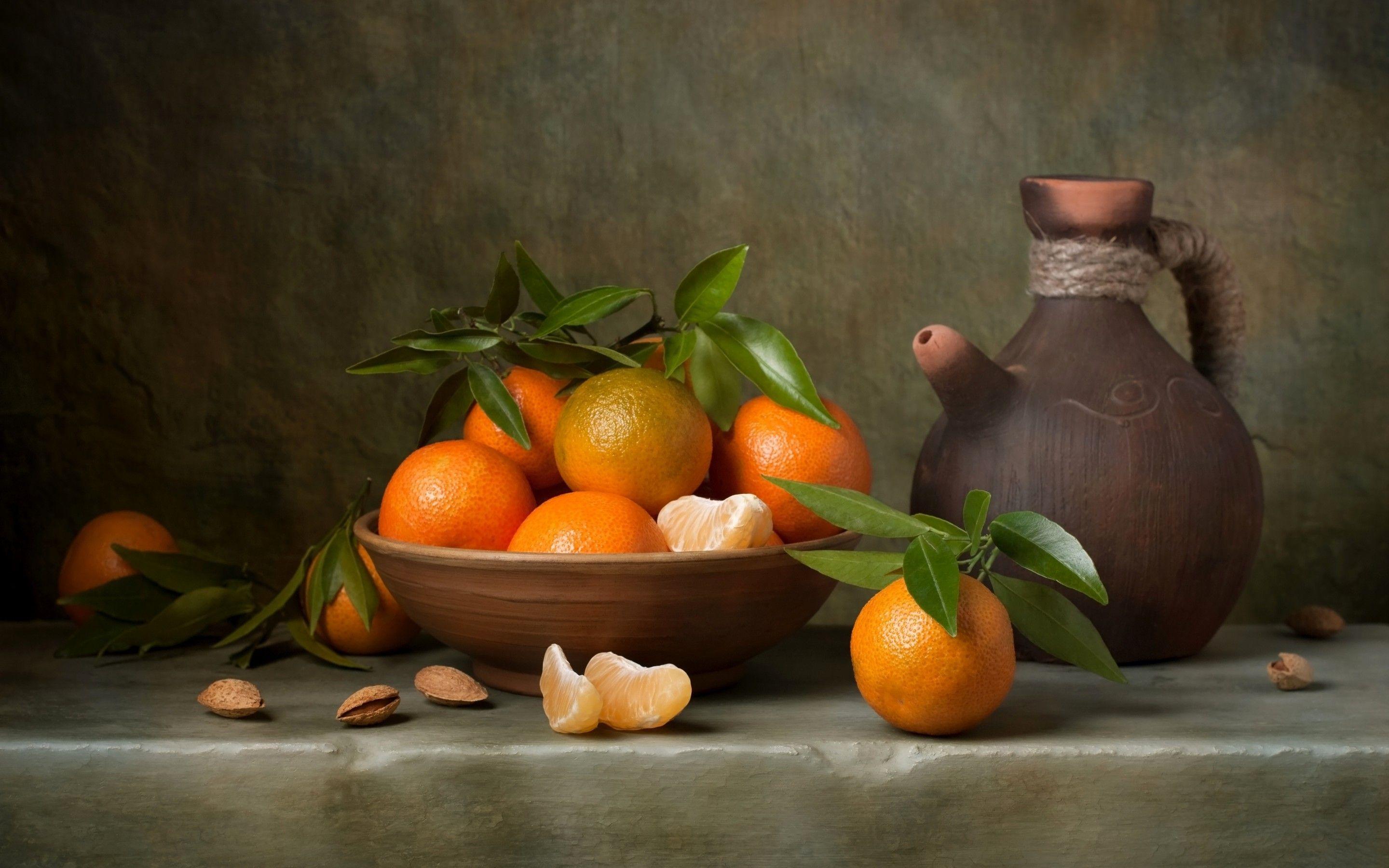


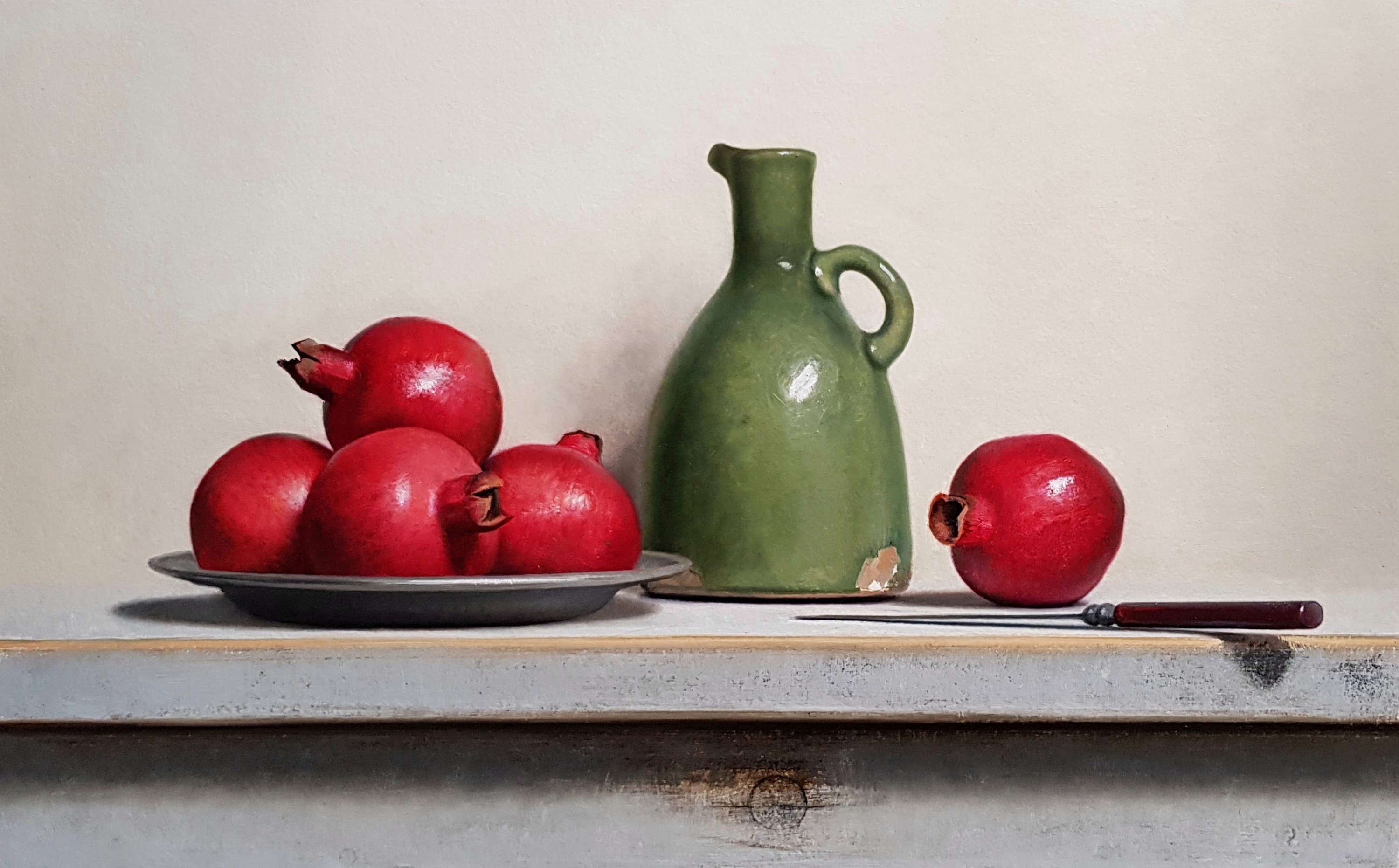
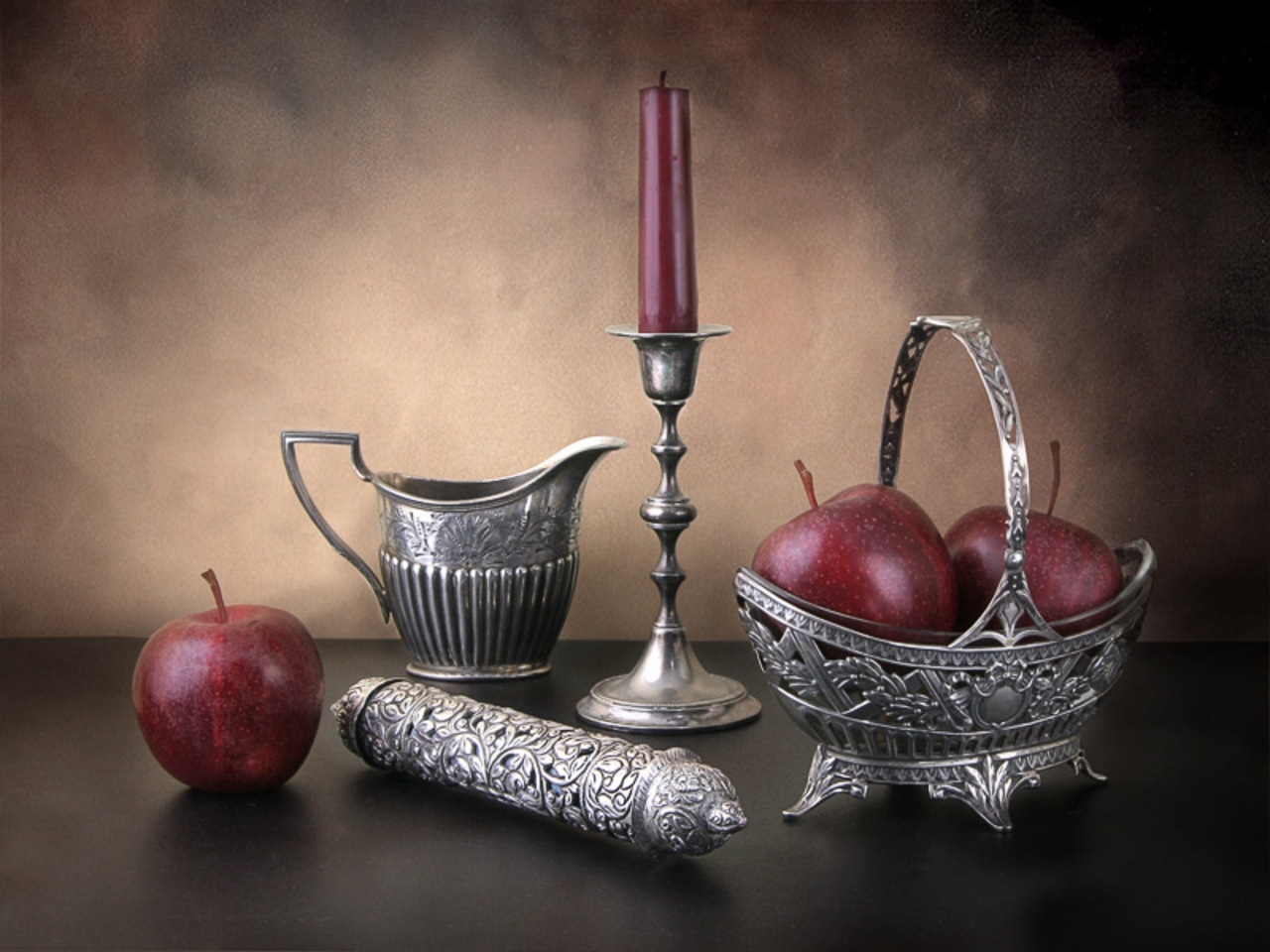
















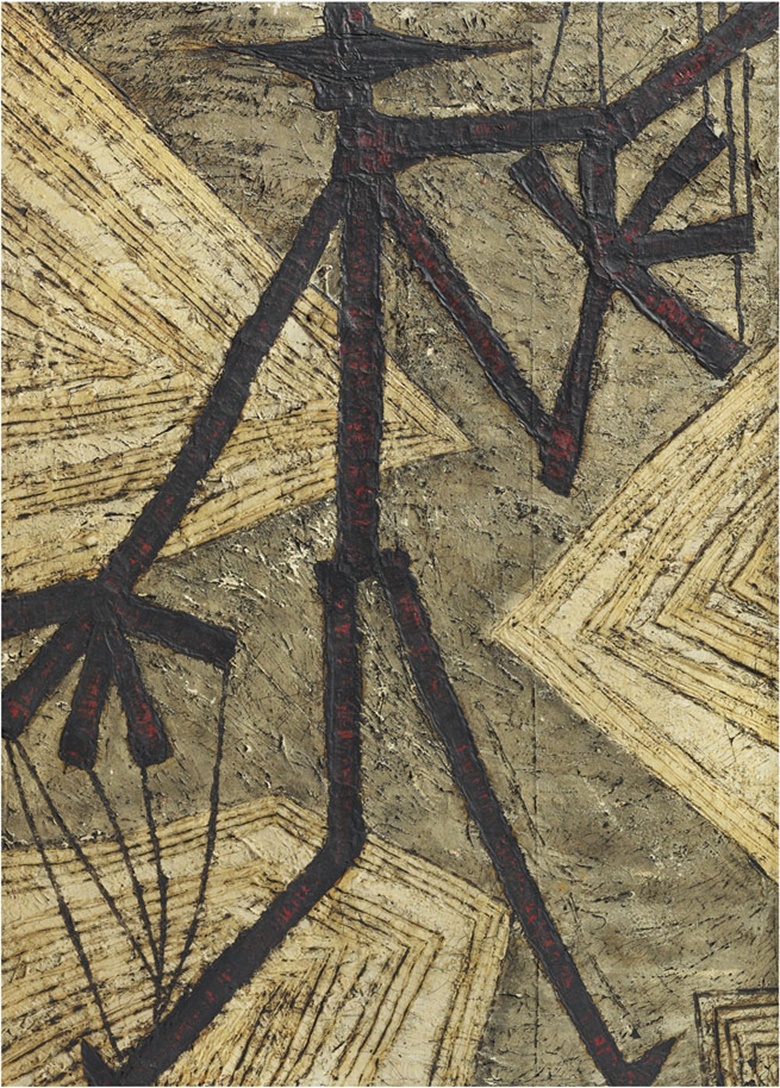









.jpg)














